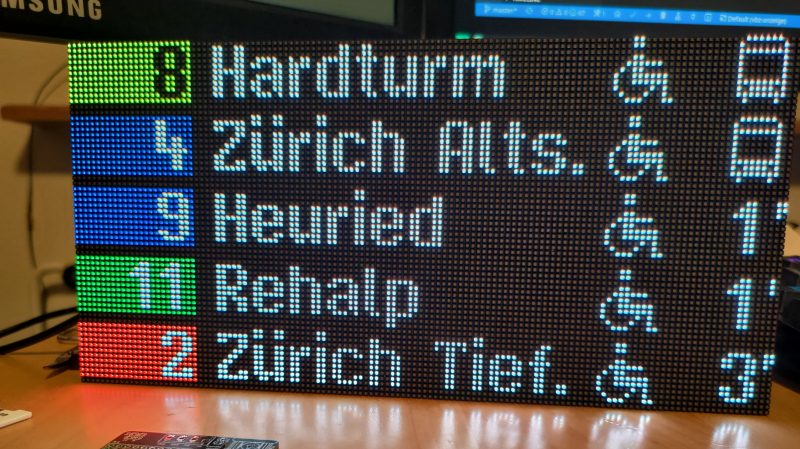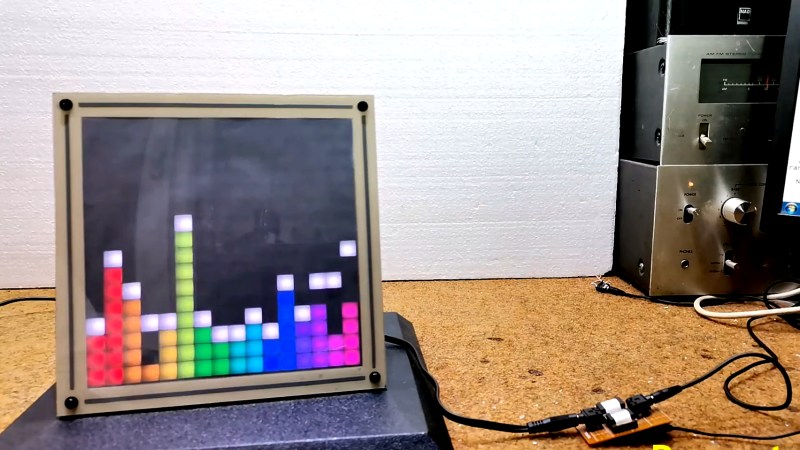We’ve seen a proliferation of real-life video game builds lately, but this one is a jaw-dropper! [Tomer Daniel] and his crew of twelve hackers, welders, and coders built a Space Invaders game for GeekCon 2016.
[Tomer] et al spent more time on the project than the writeup, so you’re going to have to content yourselves with the video, embedded below, and a raft of photos that they sent us.
[Tomer]’s company makes software for coordinating UAV fleets, so it’s not a coincidence that he would have eight DJI Phantom’s onhand and the ability drive them. The team put together RGB …read more
 Continue reading Real-Life Space Invaders with Drones and Lasers→
Continue reading Real-Life Space Invaders with Drones and Lasers→


